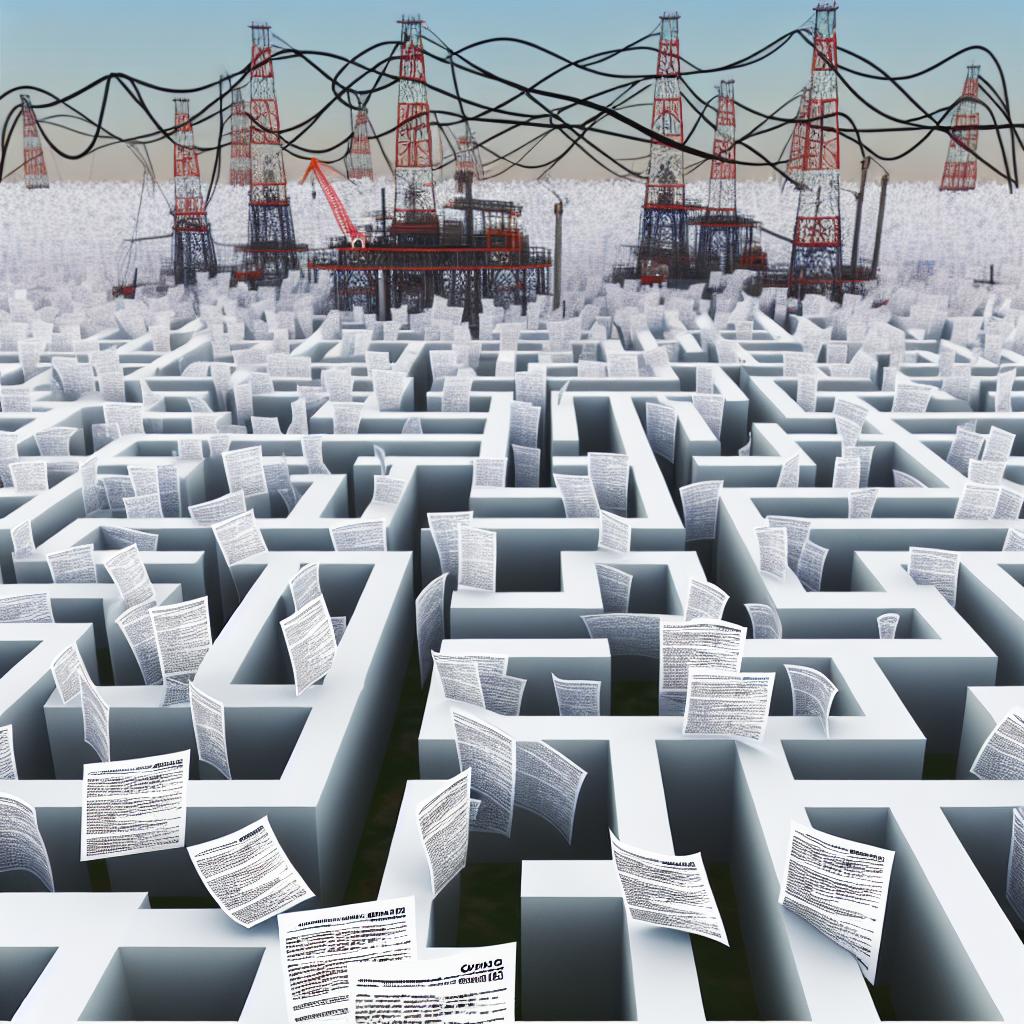
Exploring the Importance of Insurance in the Oil Industry
The oil and gas industry has significant risks, from environmental disasters to operational hazards. Insurance serves as a critical safety net, providing financial protection against unforeseen events that could otherwise cripple a company. It's not just about compliance; it's about ensuring business continuity, safeguarding assets and employees, and protecting the environment.
Effective insurance policies mitigate the financial impact of spills, explosions, and other catastrophic incidents. They also offer coverage for legal defence costs in the event of lawsuits, which can be quite common in this high-stakes industry. Therefore, understanding and obtaining the right insurance coverage is integral to strategic risk management for any oil and gas operation.
Types of Insurance Policies for Oil and Gas Companies
Oil and gas companies require a variety of insurance policies tailored to their unique operational risks. General Liability Insurance is essential for covering injuries or property damage caused by company operations. Property Insurance protects against damage to physical assets, while Business Interruption Insurance covers loss of income due to halted operations. Moreover, Environmental Liability Insurance is crucial, given the potential for pollution-related incidents.
Other necessary policies include Control of Well Insurance, which covers regaining control after a well blowout, and Marine Coverage for offshore operations. In addition, companies might consider Professional Liability Insurance, Cyber Liability Insurance, and Workers' Compensation Insurance. Each policy plays a pivotal role in an oil and gas firm's comprehensive risk management strategy.
Managing Risks with Liability Coverage in the Oil Sector
Liability coverage is a cornerstone of any oil and gas company's insurance portfolio. It addresses claims of bodily injury, property damage, and legal fees. For instance, a Public Liability policy is designed to protect against claims by third parties for damages caused by the insured. With the potential for massive legal claims in the event of accidents, these policies provide a buffer that can absorb financial shocks.
The scope of liability coverage must be broad enough to encompass the diverse nature of operational risks. Companies often supplement general liability with excess liability or umbrella policies for additional protection. Such comprehensive coverage ensures that oil and gas companies can weather the legal and financial storms that come their way.
Asset Protection: Insuring Physical Assets and Equipment
Physical assets and equipment in the oil and gas industry represent a significant investment and are vital to its operations. Asset Protection Insurance is designed to cover the costs of repairing or replacing these assets should they be damaged or lost due to covered events like fires, storms, or mechanical breakdowns.
Given the harsh environments and mechanical stress that oil and gas equipment is subjected to, having robust insurance coverage is non-negotiable. This coverage extends to rigs and machinery, pipelines, storage facilities, and transportation assets. Insuring these assets helps companies avoid substantial financial losses and maintain operational efficiency.
Emerging Trends and Challenges in Oil Industry Insurance
The oil and gas industry is not static, nor are the risks it faces. Emerging trends such as increased regulatory scrutiny, cyber threats, and the transition to renewable energy sources bring new challenges to insuring the sector. Insurers must adapt by creating products that address these evolving risks and by providing their clients with expertise in risk assessment and management.
As the industry navigates these complex challenges, insurance's role becomes even more critical. Companies must stay ahead of the curve by continuously reviewing and updating their insurance portfolios to reflect the changing landscape. This includes considering innovative solutions like parametric insurance and captive insurance arrangements to better manage their unique risk profiles.
Need help choosing the right coverage? Contact our professional consultants via our Live Chat (bottom-right corner of this page) or schedule a free consultation via the link below.